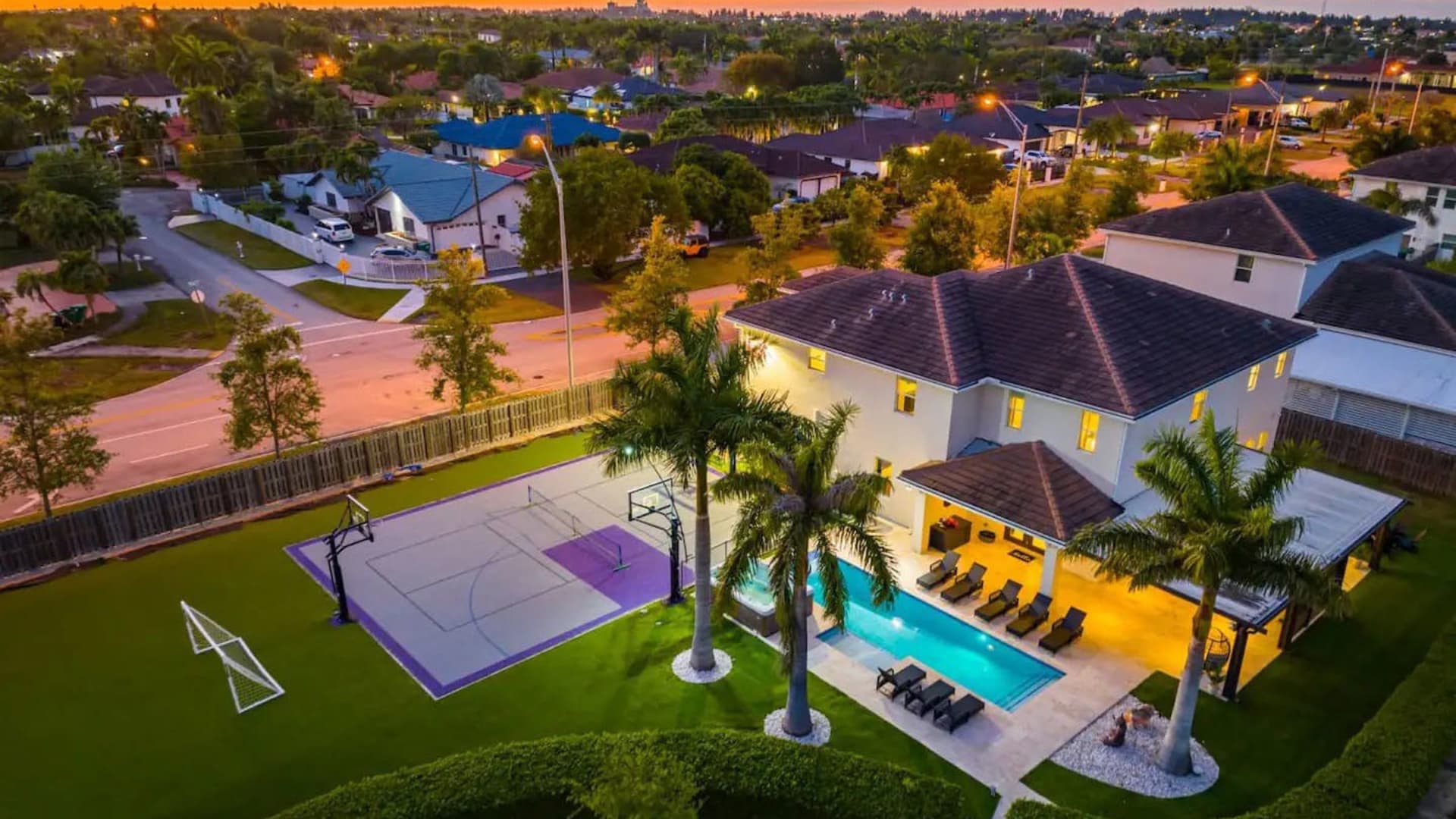Swimply, the startup that lets people rent private pools, is set to expand to pickleball courts — and the company says it expects revenue from its new offering to outpace pool rentals in just two and half years.
On Tuesday, the company announced it is adding pickleball- and tennis-court rentals to its growing marketplace.
“There’s a massive constraint right now considering how fast the sport is growing,” Bunim Laskin, Swimply founder and CEO, told CNBC.
Swimply, which launched in 2018 in the New York City area, plans to list rental access for up to 300 private courts in markets including New York, Los Angeles, the Bay Area, Houston and Austin, Texas.
Laskin said he expects the number of courts available for rental to double by the end of the summer.
Last year, 36 million people tried pickleball. As interest in the sport has surged, court availability and access have been the biggest challenges for many people.
Laskin said the company ran a beta test with pickleball courts that saw some owners earning between $1,000 and $3,000 per month with typical court rentals costing between $25 to $100 per hour.
He said because of pickleball’s repeat rate — with some people playing several times a week — he expects revenue to overtake the pool category in less than three years.
“The majority of our revenue on the pool category happens from Memorial Day to Labor Day. With pickleball, in warmer states, we see that going year-round,” he said.
Growth of courts
Given pickleball’s rapid rise, there’s also been a steady increase in the number of courts being built.
In 2017, fewer than half of the largest cities in the U.S. offered public pickleball courts, according to the Trust for Public Land, a nonprofit that creates and promotes the importance of parks. Today, most major cities’ parks and recreation departments have made pickleball facilities available in their communities.
Over the past six years, the number of courts located in parks has increased more than sixfold from 420 to 2,788, TPL data shows.
“There’s been significant growth,” said Linda Hwang, Land and People Lab director at TPL — and a pickleball player herself. “I can’t imagine it’s going to slow down anytime soon.”
Outside of the parks system, privately funded courts are also popping up across the country. That includes chains like Chicken N Pickle and membership-only clubs like The Pickleball Club in Sarasota, Florida, and Court 16 in New York City.
Pickleball courts are even starting to fill the vacant space left behind by retailers in malls. In Stamford, Connecticut, for example, Pickleball America plans to turn 80,000 square feet of a former Saks Off 5th space into 28 pickleball courts. And Paddle Up Pickleball Club is expected to open soon in St. Louis. It is building nine courts in space formerly occupied by a Bed Bath & Beyond store.
Invited, a leading owner and operator of private clubs in the U.S., began pivoting toward pickleball in 2020. The company has been rapidly building courts — as well as converting courts from tennis to pickleball — and now has more than 400 pickleball courts at its more than 200 golf and country clubs across the country.
“Pickleball is just on fire,” Invited CEO David Pillsbury told CNBC. “We have doubled down on pickleball and made a huge commitment to the amateur side of the sport, and we’re supporting the professional side by hosting a number of professional tournaments as well.”
Pillsbury doesn’t see the trend letting up. “I think this is just the beginning,” he said. He cited the sport’s low barrier to entry, the fact that it appeals to a broad audience and that it’s inexpensive to try as reasons for its increasing popularity.
Laskin said Swimply has been getting inundated with inquiries from customers who are looking to build pickleball courts as an investment or a way to rake in some extra cash.
Since it costs significantly less to build a pickleball court than it does to put in a pool, people can expect to make their money back within a year or two, he said.
“With the pool category, people are making between $2,000 and $10,000 per month,” he said. “We expect pickleball to be quite similar.”
